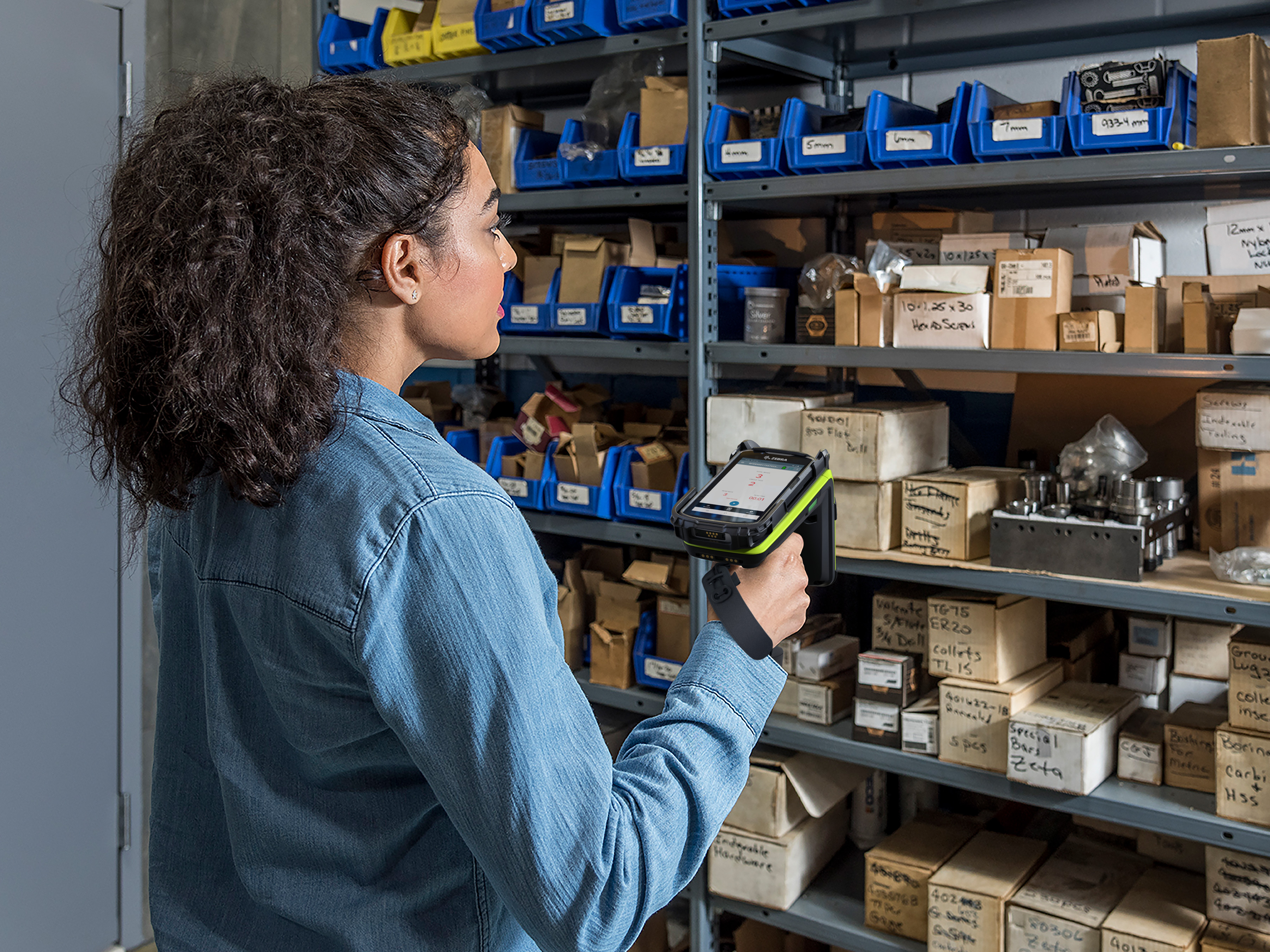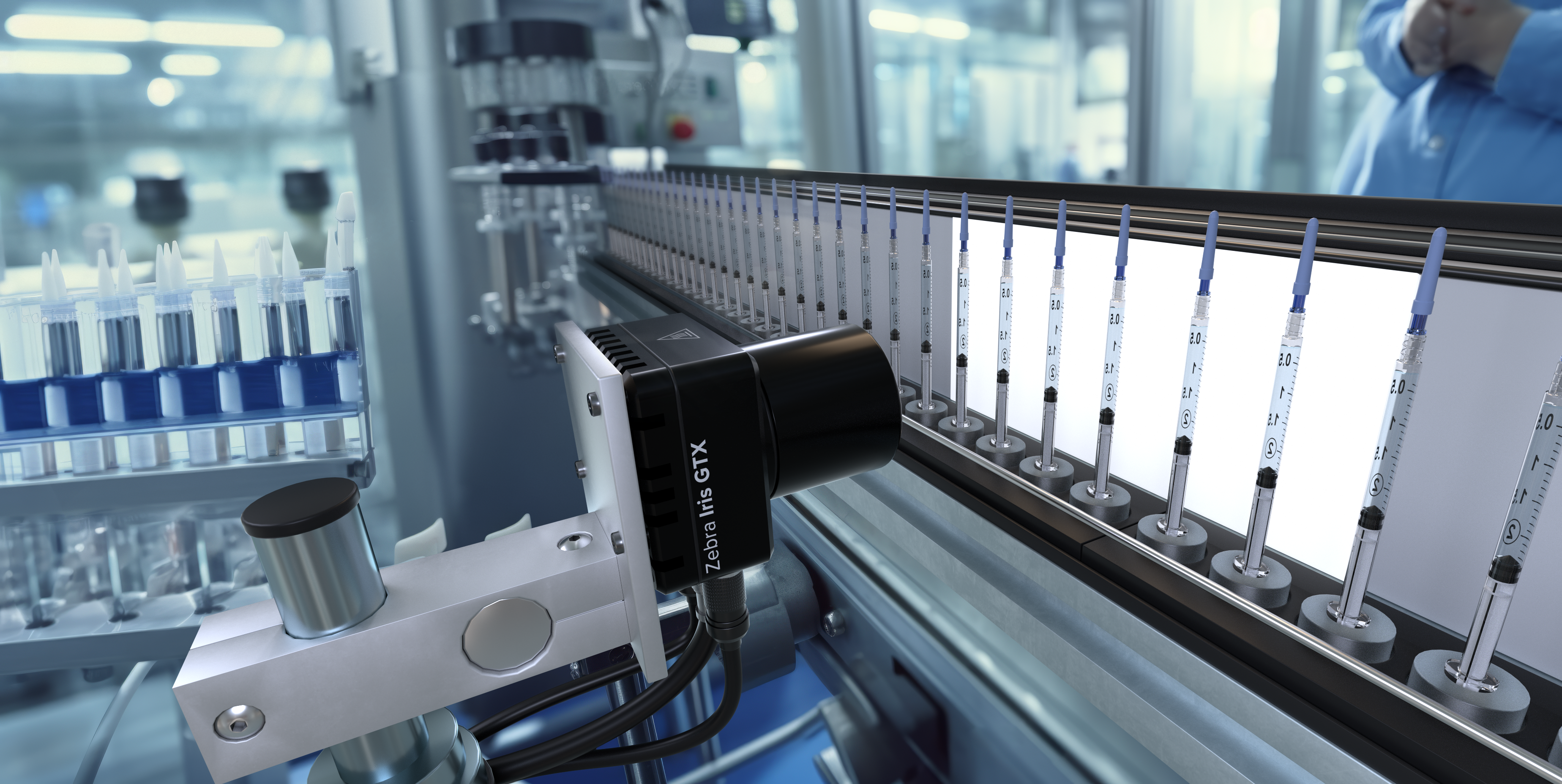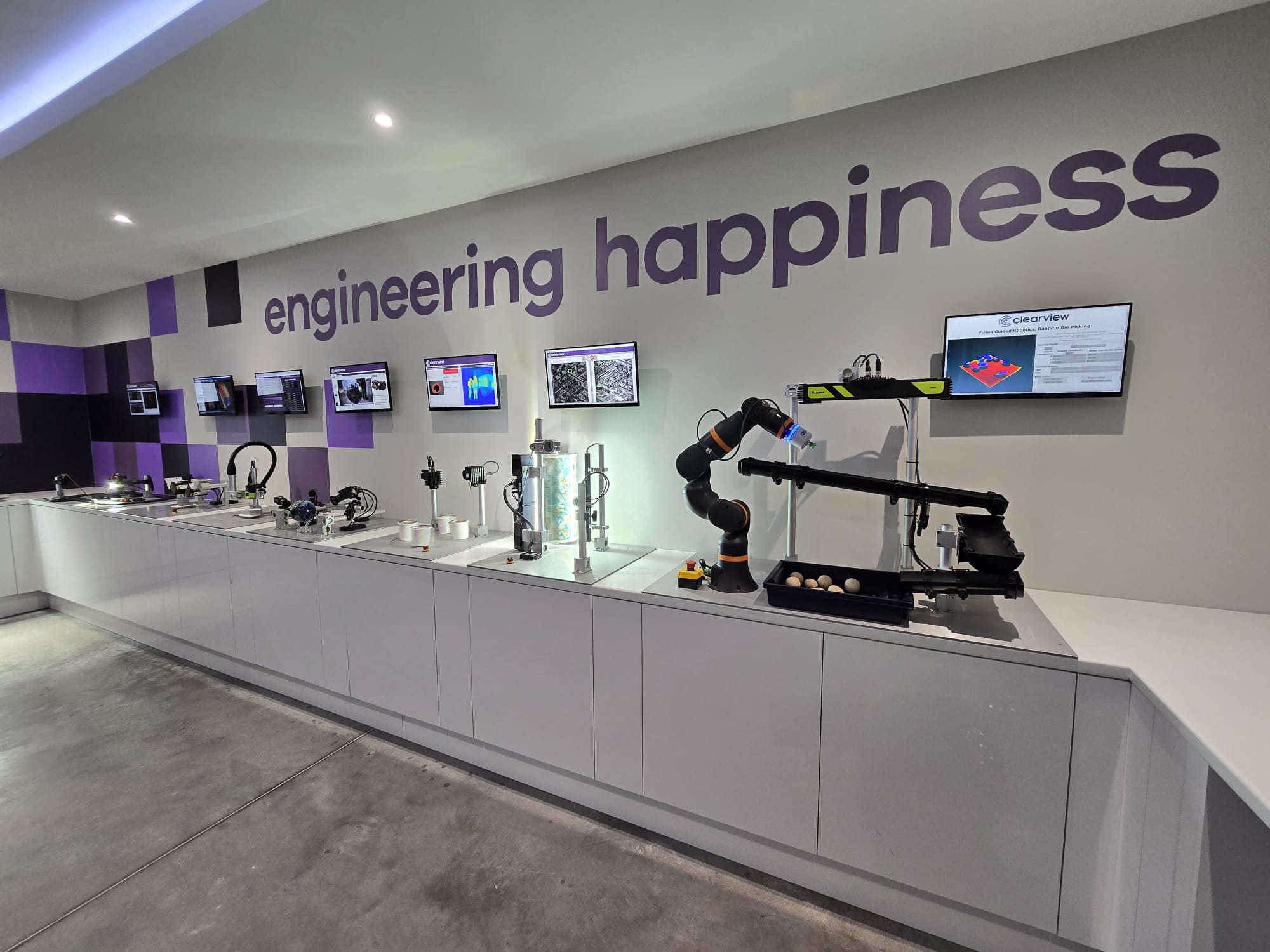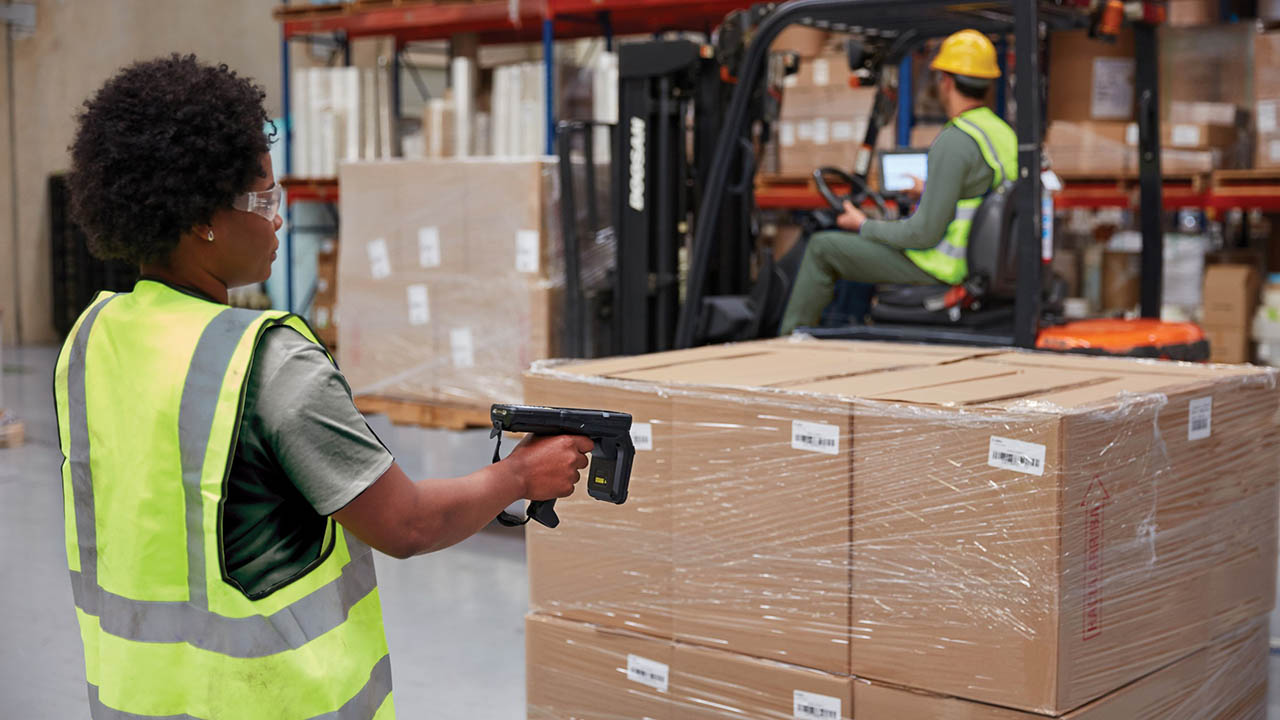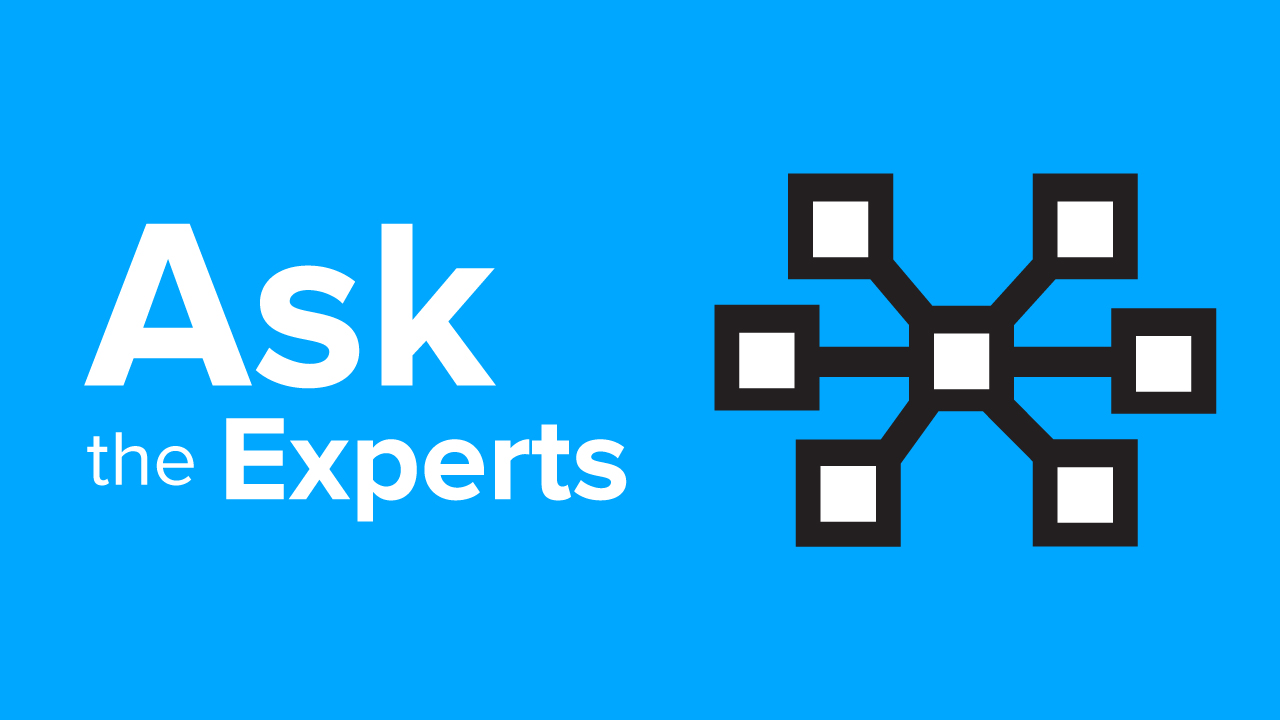
A Question of Intelligence: What Is IoT, Anyway?
In 1999, everyone was talking about the internet for one reason or another. Some were mourning the end of Prodigy Classic as Michael Doino officially pulled the plug on the popular 1980s online service. Others were prepping for the presumed Y2K bug that threatened to disrupt the internet and everything connected to it. (Thankfully, the clock struck midnight without too massive of a technological meltdown.) But, a man named Kevin Ashton spent 1999 talking about something he coined “the Internet of Things.” (You can check out a summary of Kevin’s presentation at the 2016 Zebra-supported Innovation Symposium: The Intelligent Enterprise on the campus of Harvard University in this white paper.)
The Internet of Things – or IoT – has evolved significantly in the 20 years since receiving an official name. Even five or six years ago, you may have heard IoT discussed more in terms of the consumer devices connected in our homes, cars and hands. It has been a top tech trend at the annual Consumer Electronics Show (CES) since 2013. However, the truth is that the Industrial Internet of Things (IIoT) has actually been a “thing” since the late 1960s, as you can see in this timeline.
It’s far from full maturity though, as it’s just now really hitting its stride in the enterprise market as we observed in recent IoT Day 2019 discussions.
When Zebra’s Intelligent Enterprise Index was born in 2017, only 57 percent of global companies surveyed had an IoT vision and were already executing their IoT plans in some capacity. Though overall investment in IoT solutions increased 4 percent year-over-year as revealed by the 2018 Intelligent Enterprise Index – and companies such as Problem Solutions are quickly learning how to apply IoT-generated data in new and meaningful ways – there is still great progress to be made before we see widespread IoT adoption among the global industrial collective. More education is also needed to answer common questions such as:
· “What is IoT?”
· “What are the benefits of IoT?”
· “What is the difference between IoT and IIoT?”
And more. Zebra created this video with TED to help answer those basic questions.
But we wanted to dig deeper into the subject given how central the “Internet of Things” has become to the creation of the “Intelligent Enterprise.” So, we asked Zebra's IoT thought leader Drew Ehlers to give us more IoT intel in the latest installment of our "Ask the Expert" series:
Your Edge Blog Team: What is the Internet of Things (IoT) exactly?
Drew: Simply put, the Internet of Things (IoT) refers to devices or objects that have an IP address in order to connect to the internet with the ability to transfer data over the network. As an example, think about when you have a packaged delivered and the driver hands you his enterprise device for your signature confirming receipt of the delivery. That enterprise device is automatically taking the information of the confirmed delivery, sending it over the network to update the task management software and delivery route timetable used to calculate proactive, real-time messages to the next customers down the route of when their package will be delivered.
Your Edge Blog Team: How do consumer IoT and enterprise IoT (or IIoT) technologies differ?
Drew: Foundationally, they are similar as the premise is the same based on the definition of IoT previously stated. However, the main difference is IoT is most commonly used for consumer-based use cases and enterprise IoT is commonly referred to as the Industrial Internet of Things (IIoT) – focused on use cases in cold chain management, manufacturing, supply chain monitoring and healthcare. Think of IoT as the broader category and IIoT as the use of IoT in the enterprise space.
Your Edge Blog Team: What are the top three benefits of enterprise IoT solutions?
Drew: The foundational benefits of IIoT are around creating opportunities for increasing efficiencies within workflows. For example, the intelligence (or data) generated by IIoT solutions can be delivered to workers via mobility devices to improve decision-making or inform actions. It can help to improve safety via sensors that monitor work environments – or help to ensure health compliance by measuring temperature, vibration, humidity and light levels as items such as vaccines, pharmaceuticals and food move through the supply chain.
Your Edge Blog Team: Can you share some examples of enterprise IoT use cases?
Drew: With the emergence of the 4th industrial revolution or Industry 4.0, analyzing data in supply chain, manufacturing and distribution operations is becoming critical to keep pace with the on-demand economy. The macro use cases of tracking and locationing gives extensibility to a manufacturer to incrementally drive change within its environments. These use cases, enabled by IoT technologies, give manufacturers the insights and ability to control the flow of their assets, goods and people in real-time. As a result, manufacturers are well-positioned to streamline in the following three main areas:
- Assets: They have the tools they need to ensure assets are available when and where they are needed, and that they’re in good condition to be used.
- Goods: They can make decisions that help to reduce factory downtime, exceptions and labor costs using accurate data, such as historical trends, current business stats and predictive analytics; they don’t have to rely on “best guess” estimates or gut instincts anymore. IIoT also helps measure and quantify performance to drive continuous workflow improvements.
- People: IIoT provides automated recordings of arrivals and departures to gain more accurate operational data, which helps ensure employees are in the right place at the right time – and that helps increase safety.
Your Edge Blog Team: Is IoT a stand-alone technology solution? Or must it be integrated with other systems (i.e. mobile, back-office, etc.) to deliver promised results?
Drew: IoT is a transformational technology in itself. It is able to take a physical aspect of an environment and give it a digital voice with the transmission of data over the network. However, the real value of IoT is being able to use cloud and mobility solutions to build specific applications that help solve problems and achieve desired outcomes. Together, cloud and mobility solutions can leverage IoT data to help drive efficiencies in workflow, provide higher levels of patient or customer care and provide the right information, at the right time, to the right person in order to provide decision support for that person to execute the best next action.
Your Edge Blog Team: Is there a particular sector that stands to gain the most from IoT-derived data?
Drew: IoT data is ever growing as more and more things are designed to be connected. Plus, data has been collected for decades in data lakes creating amassed collections of Big Data. Now it’s about focusing on what problems you want to solve by creating applications that harness the ubiquitous power of IoT, cloud and mobility technologies to tap into the Big Data and make it “small, actionable data.” For the next 10 years and beyond, it’s about taking data at rest and putting it in motion to be consumed in real time. Every vertical, environment and workflow have the opportunity to infuse the power of “small, actionable data” applications pertinent to the problems they want to solve and the outcomes they want to achieve for their business, workers, patients and customers.
Your Edge Blog Team: What would you tell an organization that is hesitant to invest in IoT-based solutions right now?
Drew: Chances are every customer has some kind of IoT-based technology already deployed. The first step is to focus on identifying the problems you want to solve over the next 3-5 years; identify the potential outcomes you want to achieve and then identify the partners you want to evaluate to help solve those problems. Word of advice: Complete those steps first, then surround yourself with partners that can help develop an ecosystem approach to solving the problems you have identified. Also make sure you’re building the ecosystem solution with the ability to drive further value from the environment and your investment. In other words, use common architecture, standards and security in order to avoid point solutions built with potential technical debt down the road.
Your Edge Blog Team: You recently attended TED2019. What were others saying about IoT? What are some of the applications that were poised during the sessions? And was there discussion about adoption roadmaps?
Drew: The main focus of the technology talks that surrounded IoT, data, cloud, the internet and platforms were around utilizing data for good. For example, the global team behind the Event Horizon Telescope who recently captured the historic first image of a black hole shared how IoT technology and strategy allowed for this event to be captured. And we learned about a tiny, thumb-sized mobile computer that could change traditional tools and workflows into never-before-seen ways of re-imagining the way we weave technology into our everyday lives with clothing. In addition to these breakthroughs and emerging technologies, there were very spirited debates and discussions on how data was being used along with data privacy, data governance and communities that have been created specific to IoT with the CEOs from Twitch (Emmett Shear) and Twitter (Jack Dorsey). The key takeaway from these sessions was to be thoughtful about how you are utilizing the power of being connected and the opportunity that data provides to impact lives.
###
Editor’s Note: To learn more about what’s happening around IoT, stay tuned into Your Edge for more Stories from the Edge, industry learnings and the 2019 Intelligent Enterprise Index (coming later this year). You can also check out the IoT Practitioner community for year-round news and insights from Zebra’s IoT experts and other industry thought leaders.
And, don’t miss the upcoming IoT Slam Live event on June 20-21, 2019. Zebra's CMO Jeff Schmitz will be a keynote speaker!
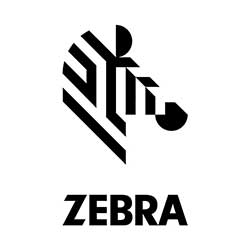
Zebra’s “Your Edge” Blog Team
The “Your Edge” Blog Team is comprised of content curators and editors from Zebra’s Global PR, Thought Leadership and Advocacy team. Our goal is to connect you with the industry experts best-versed on the issues, trends and solutions that impact your business. We will collectively deliver critical news analysis, exclusive insights on the state of your industry, and guidance on how your organization can leverage a number of different proven technology platforms and strategies to capture your edge.

